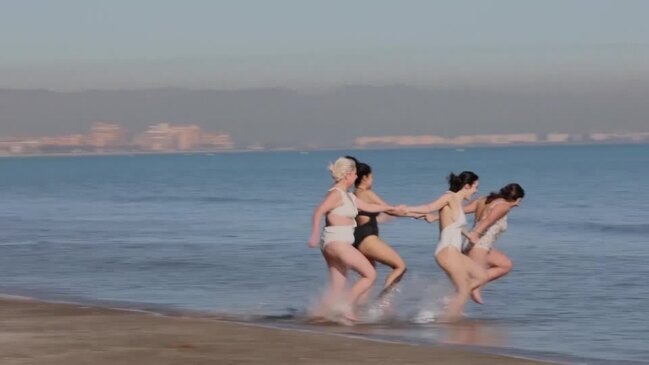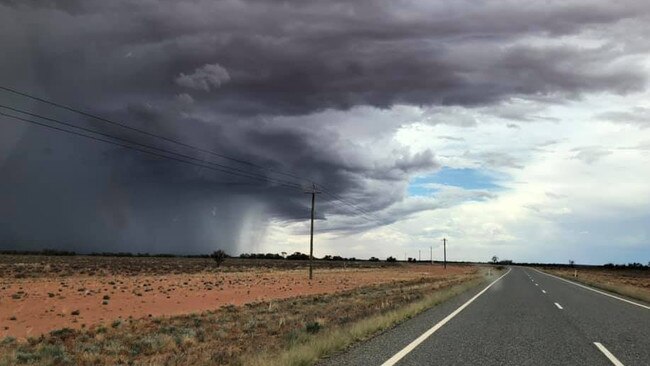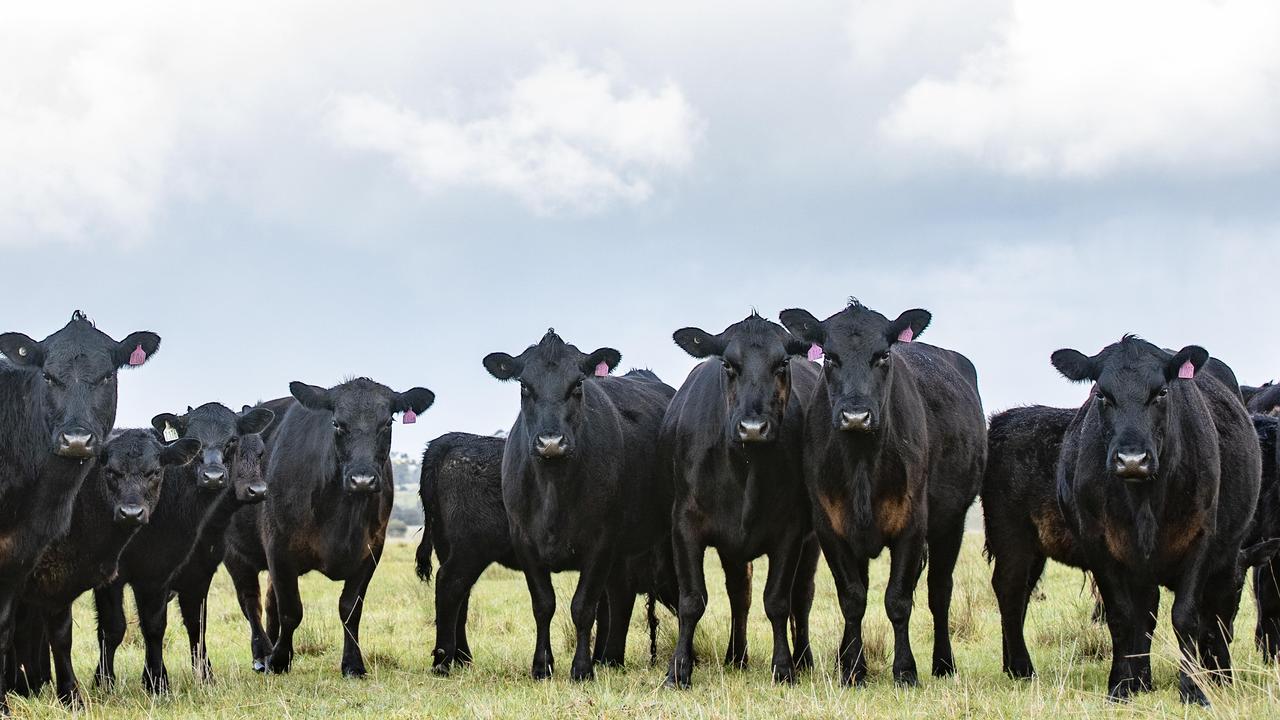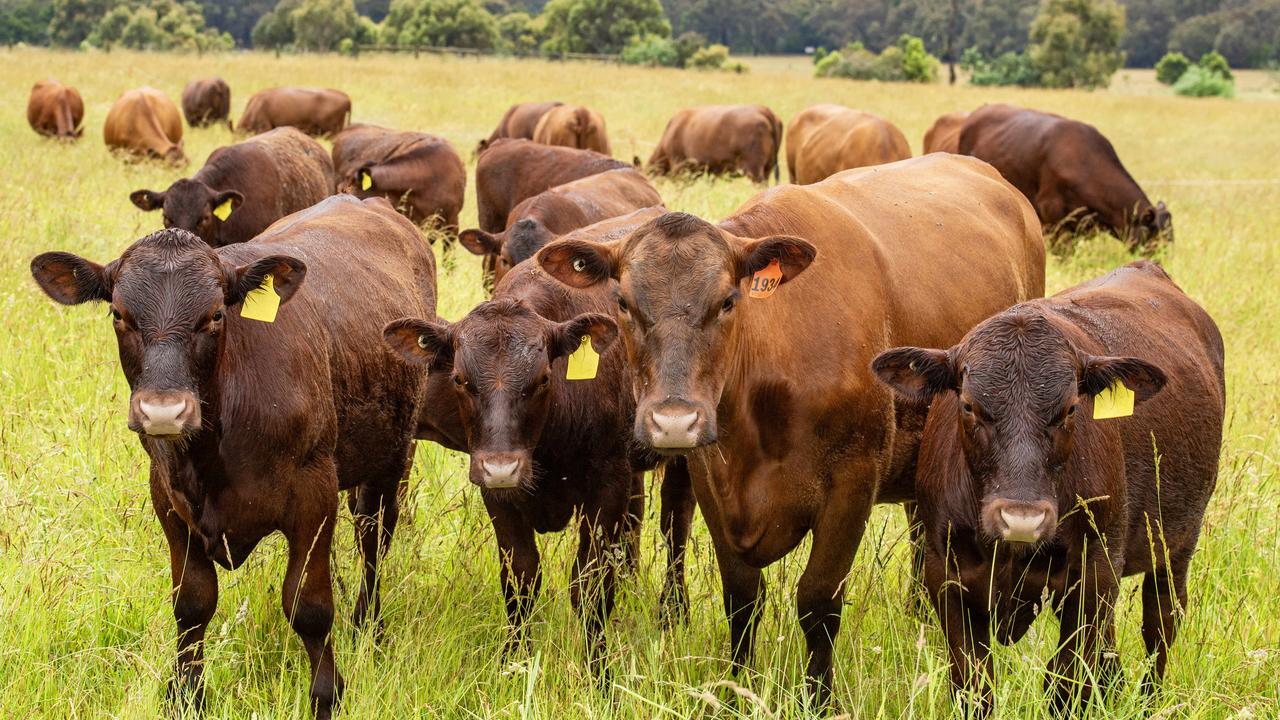Buyers to head south to secure numbers
Following substantial rainfall during the past few weeks, producers from northern NSW and Queensland are expected to stock up at southern markets in coming weeks.

Northern NSW and Queensland livestock producers looking to stock up on numbers are expected to exert influence over southern markets within weeks.
With substantial falls - some up to hundreds of millimetres - over the past few weeks, logistics and finances are the only thing holding back the restock.
And with the amount of rain that has fallen, some believe there are pockets of country that are now set up for feed for at least a year.
Nutrien livestock and property manager at Broken Hill, NSW, Troy Hartman said areas including Tibooburra, White Cliffs, Tilpa, Wilcannia and Cobar had received excellent rain.
“These rains over the past month will grow a large body of feed real quick,” Mr Hartman said.
“Definitely those areas are low on cattle and on some of those big properties that span hundreds of thousands of acres, they won’t be able to buy enough stock to eat the feed.”
Mr Hartman said buyers would be in the market for both steers and heifers, with the latter providing more options.
He said buyers could and would head south into Victoria to secure numbers, and the fact that most of the summer heat was over was a good thing.
“We are coming into the cooler months so southern cattle will be able to do well up here,” he said.

And while the rain has fallen and the grass is growing, Mr Hartman said it could be up to a month before he could fill orders for stock and for southern markets to feel the full presence of northern buyers.
“There is just too much water hanging around to get trucks in but we should be able to get into some places within two to three weeks,” he said.
“There is going to be an awesome amount of tucker (stock feed) and it is going to be good quality.
“They say you can fatten a steel post up here and we are set up in those areas for 12-18 months.”
Some of the stellar rain across north-western NSW included White Cliffs, which measured 86mm last week to bring the total to date to 151mm, or already more than half its annual average rainfall of 263mm.
Bourke has received 158mm of rain to date this year, four times the amount that had fallen at the same time 12 months ago while further north into Queensland, Cunnamulla has recorded 237mm for the year including 161mm in early January.




